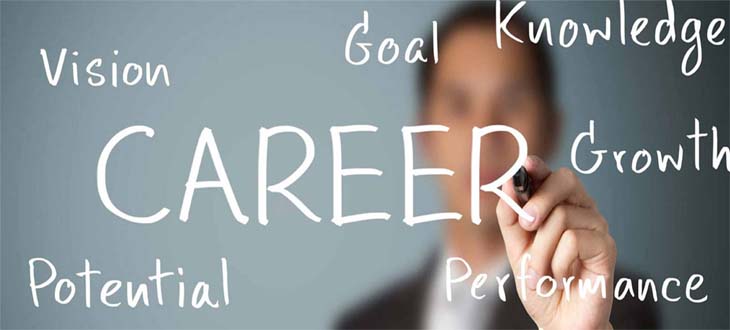
Social Higher EDUCATION
Social media, a term coined by Darrell Barry in 1994 while developing an online media platform called Mattisse has rapidly evolved to become dominant force in our lives, especially for teenagers. With new technologies and social media apps being created exponentially, it is essential to know exactly how social media directly impacts our lives. Unlike adults who are more cognitively developed, teenagers are easily affected by impact caused by social media. The rise of social media has brought significant advantages and challenges on teenagers in this generation.
The pros of social media comes from the free and unlimited access of information it provides. Most, if not all, widely used social media apps are free and accessible to anyone with an internet connection. Just by making a social media account in these apps, teenagers are able to view global news in the matter of a few seconds, faster than most traditional forms of news reports. Due to its simple and quick nature of posting information on social media platforms, allowing any teenager to view global news in an easy and entertaining way. A study by ‘The Hill’ revealed that only two percent of American teenagers read the news on a regular basis. In contrast, a survey conducted by ‘Common Sense’ and ‘Survey Monkey’ found that fifty four percent of American teenagers get the news at least a few times per week from social media platforms. Although some would argue it is not the best way, social media increases teenagers’ exposure to global news, which can benefit their understanding of the world and the status quo.
Additionally, the quick speed of information spreading through social media platforms lets teenagers catch up on recent events as they happen. This allows, for example, for a teenager in South Korea to see the live updates of Olympic games in Paris. While using one of the most popular social media apps called Instagram, I have had many instances in which the latest news from the opposite side of the globe has reached my phone within a few hours after the event has occurred. For example, the news that Donald Trump has been shot appeared on my Instagram page only after a few hours since it happened. Such immediacy would be impossible with traditional news media sources, which often takes days to publish reports or articles.
The effectiveness of social media as an information exchange platform is also due tohow entertaining it is. Chatting with friends, taking and uploading pictures, and watching funny reels adds to the enjoyability of social media platforms. Teenagers usually get on social media platforms just to spend some time having fun, playing around with different features and apps. However in the process, they are exposed to a wide variety of content including educational materials, which can help teenagers learn new insights into the world, even while having fun on the phone.
While it may seem like social media is all helpful and entertaining for teenagers, it is actually one of the leading causes for many serious psychological and social disorders among teenagers. The harms of social media are not as easy for users, especially teenagers, to feel as the benefits due to its addictive nature. As the time spent on social media increases, mental, physical, and social problems start to arise. The most fundamental problem is the increase in screen-time among teenagers. Since social media provides users with an unlimited pool of entertaining features, it sparks high levels of dopamine, making it hard for teenagers to stop. Unlike other highly addictive products such as cigarettes, drugs, and alcohol, social media is free and easily approachable by teenagers. This constant stimulation leads young teenagers to be heavily addicted to social media at ages during which their brains are still developing, causing significant impacts to parts of the brain. Additionally, the increased use of smartphones and electronic devices deteriorate teenagers’ eyesight, sleep quality, and physique. Naturally, as teenagers spend more time on their phones, their sleep duration gradually decreases over several years. Sleeping late combined with shorter sleep duration led to a significant decrease in the sleep quality of teenagers. The devices that teenagers stare into while using social media cause eye irritation, blurry vision, and dry eyes, especially in the dark. Also, the sedentary lifestyle encouraged by use of social media can hinder interest in physical and/or outdoor activities, causing decrease in overall muscle and skill development and obesity.
Overall, social media has had a significant impact on teenagers, providing both significant benefits and challenges. There certainly are many benefits that social media brings to teenagers; however, social media has had more negative effects on teenagers, leading to many problems in today’s society. Although research on the problems and solutions relating to social media has not been complete, it is time for action to be taken to reverse some of the damage social media has had on teenagers. As Jonothan Heidt states in his book The Anxious Generation: “The Great Rewiring of Childhood, from play-based to phone-based, has been a catastrophic failure. It’s time to end the experiment. Let’s bring our children home.”
By: Yool Choi
Write and Win: Participate in Creative writing Contest & International Essay Contest and win fabulous prizes.


